Are Shipping Container Homes Legal In Indiana? Facts & FAQ
-

- Last updated:
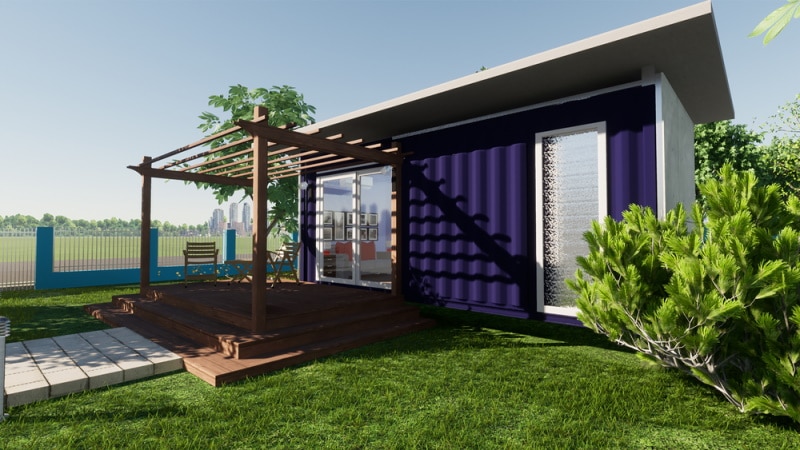
Shipping container homes are non-traditional, as we rarely use concrete or timber as the main raw material. They’ve gained immense popularity over the years, largely because these steel containers offer versatility and guarantee durability.
To answer the question, you’re allowed to build shipping container homes anywhere in the United States. But that doesn’t mean that you won’t bump into any obstacles during preparations, seeing as some states have very strict zoning laws and unfavorable building codes.
Fortunately for Indiana residents, there’s very little red tape involved in the construction of shipping container homes. The state government has embraced this new trend to try to encourage every individual to strive for the American dream of one day owning a home.
What’s The Process of Building a Shipping Container Home in Indiana?
Like every other process, it all starts with planning. The primary goal of planning is to avoid making mistakes that could cost you a fortune. We also like to plan ahead of time just to make sure we’re mentally prepared for the task ahead, since construction processes are arduous in nature.
 Invest In Vacant Land
Invest In Vacant Land
Since it’s a new construction, you’ll first have to look for a vacant piece of land. One that’s located in an area that’s closer to the usual social amenities, such as schools, health facilities, entertainment spots, etc.
The average cost of land in Indiana has been on the rise the past few years. And it gets worse, you’re planning to build houses closer to the city. Those vacant lots are expensive and very limited in supply.
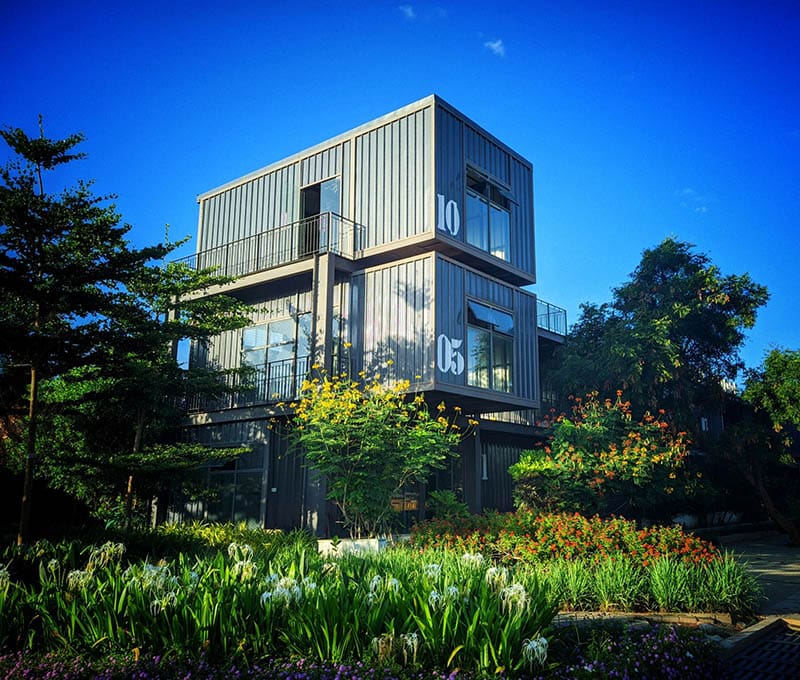
Learn About the Local Zoning Laws
Do your due diligence before putting any ink on paper. These laws are very important to local governments because they know they’ll never be able to design or fit their city layouts into any developmental agenda without them. One of those agendas is the coexistence of varied properties.
In a way, they are also beneficial to property owners, as they are intentionally designed to protect your real estate’s value in the long haul.
Set Up the Foundation
The fact that most shipping container houses are structurally tiny doesn’t mean that they don’t require well-designed or solid foundations. If the foundation is not as sturdy as it should be, incidents like floods can quickly cause damage.
Buying Containers
The cost of the containers will be influenced by several factors. Nevertheless, the most common ones are size, availability, brand, and the container’s condition. It goes without saying that a 40-foot container will cost more than one that’s only 20 feet long. And if the supply is low, or the brand in question is one of the most trusted in the industry, you’ll be forced to break the bank.
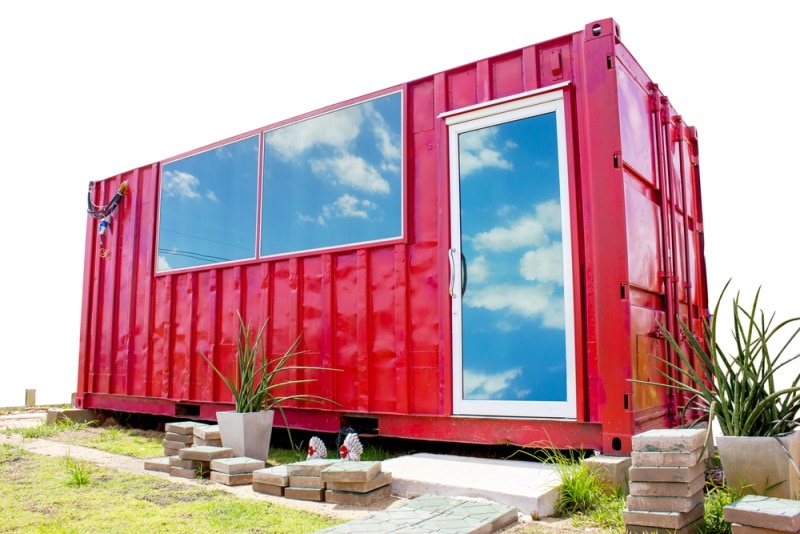
Installing Insulation
A home is a space that’s meant to provide comfort. And you won’t be able to get that if you’re constantly freezing during winter and melting once the season changes. For a 2,000-square-foot home—taking several other economic factors into consideration—the average cost of installation should range from $1.50 to $5.00 per square foot.
 What Are the Benefits of Building a Shipping Container Home in Indiana?
What Are the Benefits of Building a Shipping Container Home in Indiana?
Affordability
Building a home doesn’t come cheap because the cost of construction is atrociously high. But now we have an answer to this problem, courtesy of shipping containers.
The average cost of building a home in the US is $150 per square foot. So if the property is to house an American family, with an average size of 3.13 persons, the space will have to be at least 2,000 feet. That’s to say, you’ll need to fork out $300,000 at a minimum, to complete a standard residential home.
Should you opt for a shipping container, you’ll only need to spend around $10,000 to $30,000. And if you’d like to transform it into a luxurious home, large enough to accommodate a bigger family, the costs will never move past $200,000.

Shorter Construction Period
All construction projects are normally governed by the time factor. It’s important to know the number of months it’s going to take to bring the project to completion because the longer it takes, the more money gets spent.
Ideally, it should only take you 3–6 months to complete the construction of a standard residential house. But unfortunately, we’re not living in a perfect world.
According to the US Census Bureau, it would take you approximately 7.6 months to complete the construction of residential property in this current market—a market plagued by labor shortages, supply chain slow-downs, and an exponential hike in the demand for new homes.
With a shipping container home, you’re guaranteed to reap the benefits of property ownership in less than a month.
Eco-Friendliness
On more than one occasion, climate experts have reiterated that the construction industry contributes about 25 to 40% of the total carbon emissions. They’ve gone as far as warning us of dire repercussions, should the conditions not change by 2030.
The burning of fossil fuels produces greenhouse gasses that, as we all know, are detrimental to our environment. This sector is responsible for the pollution of our water sources and air and has always been listed as the leading cause of deforestation.
Shipping container homes are the answer to minimizing the discharge of pollutants. They also happen to be sustainable and don’t rely on the energy that negatively impacts our environment. What’s more, these homes are made using recycled containers, to ensure large chunks of metals don’t get tossed back into the ocean as waste.
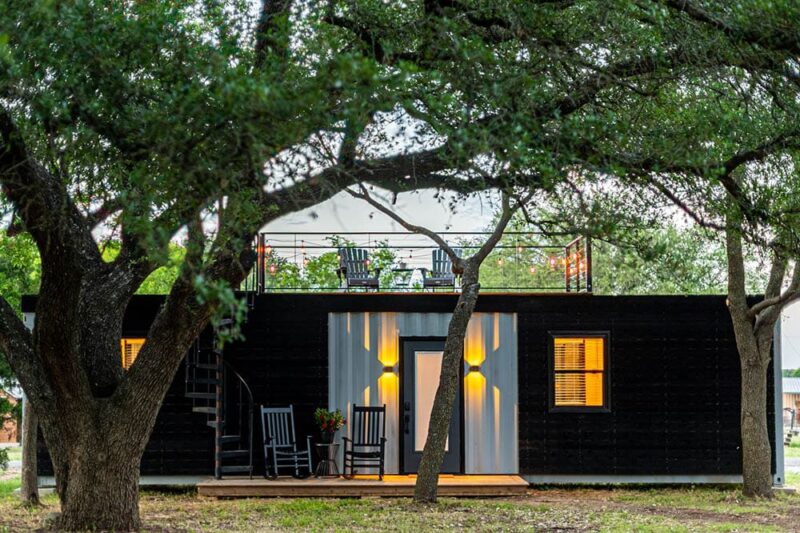
Strength & Durability
Shipping containers are either made of aluminum or steel. But most of them are primarily made of steel because it’s the kind of material that can take some serious beating, and still come out on top. The type of steel used in the production of containers is corten, which is sometimes referred to as weathered steel.
It’s different from your traditional steel, as it’s designed to specifically deal with the issue of oxidation—a chemical reaction between the metal’s surface and oxygen, which usually leads to corrosion.
Corten’s popularity has surged over the years, thanks to its aesthetic appeal, practicality, and durability. Since these containers are configured to withstand tornadoes and hurricanes, they’ll provide the same benefits to prospective real estate investors who are looking to construct homes in regions riddled with extreme weather conditions.
Highly Customizable
Modifying these types of homes is easy, given the modularity of the designs. They often look like one big puzzle with several tiny pieces that can be pushed around to take on a different form.
What Are the Drawbacks to Building a Shipping Container Home?
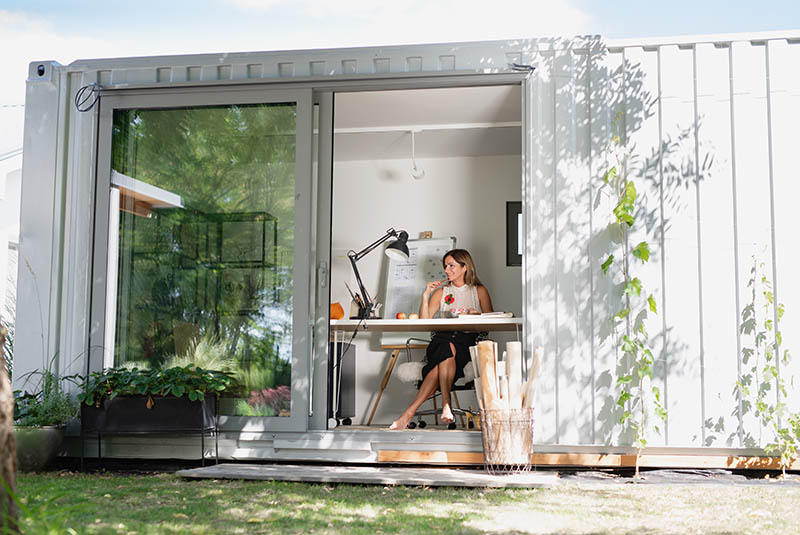
Safety
Not all containers are primed to be used as raw materials for constructing new homes, as some of them hold toxic chemicals from seawater. Signs of corrosion or rusting are not the only signs to look out for. There could be several sleeper agents hidden, waiting for the right conditions to set off a reaction.
Permits and Codes
These types of residential structures are still relatively new in our real estate market. And it’s due to this fact that several municipalities haven’t gotten around to drafting permits or building codes that regulate their construction.
Before you start working on a container home, it’s wise to first visit local authorities.
Conclusion
Even though this form of architecture hasn’t been around long, it has certainly made a significant impact on the industry. Previously used as an emergency form of housing in the military, it has now evolved into a solution for a good number of countries that were looking for ways to solve their housing problem.
If you’d like to own an affordable home in the state of Indiana, one that’s not only unique but also eco-friendly, take the shipping container route.
Related Read:
Featured Image Credit: Tillo2015, Shutterstock
Contents
 Invest In Vacant Land
Invest In Vacant Land